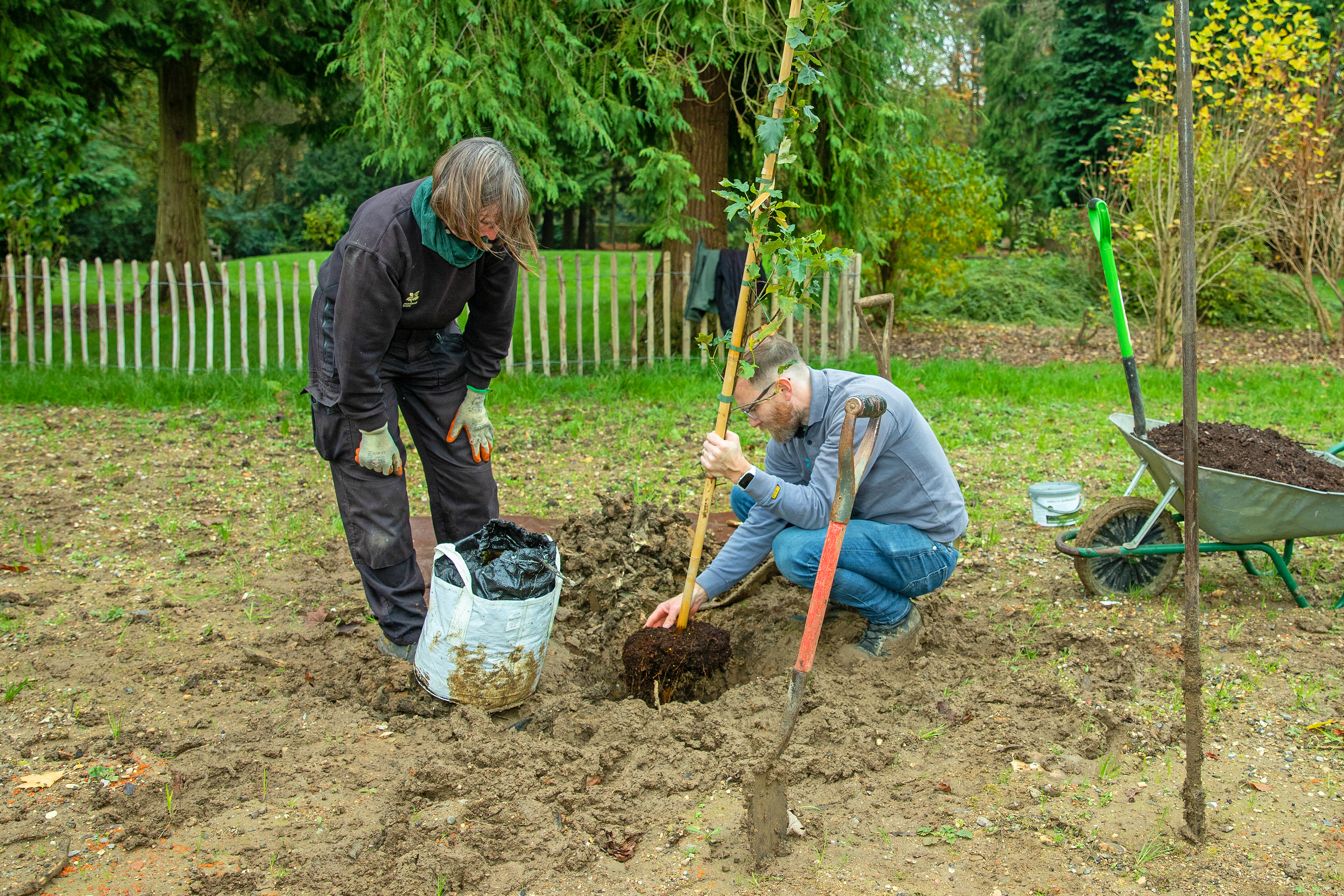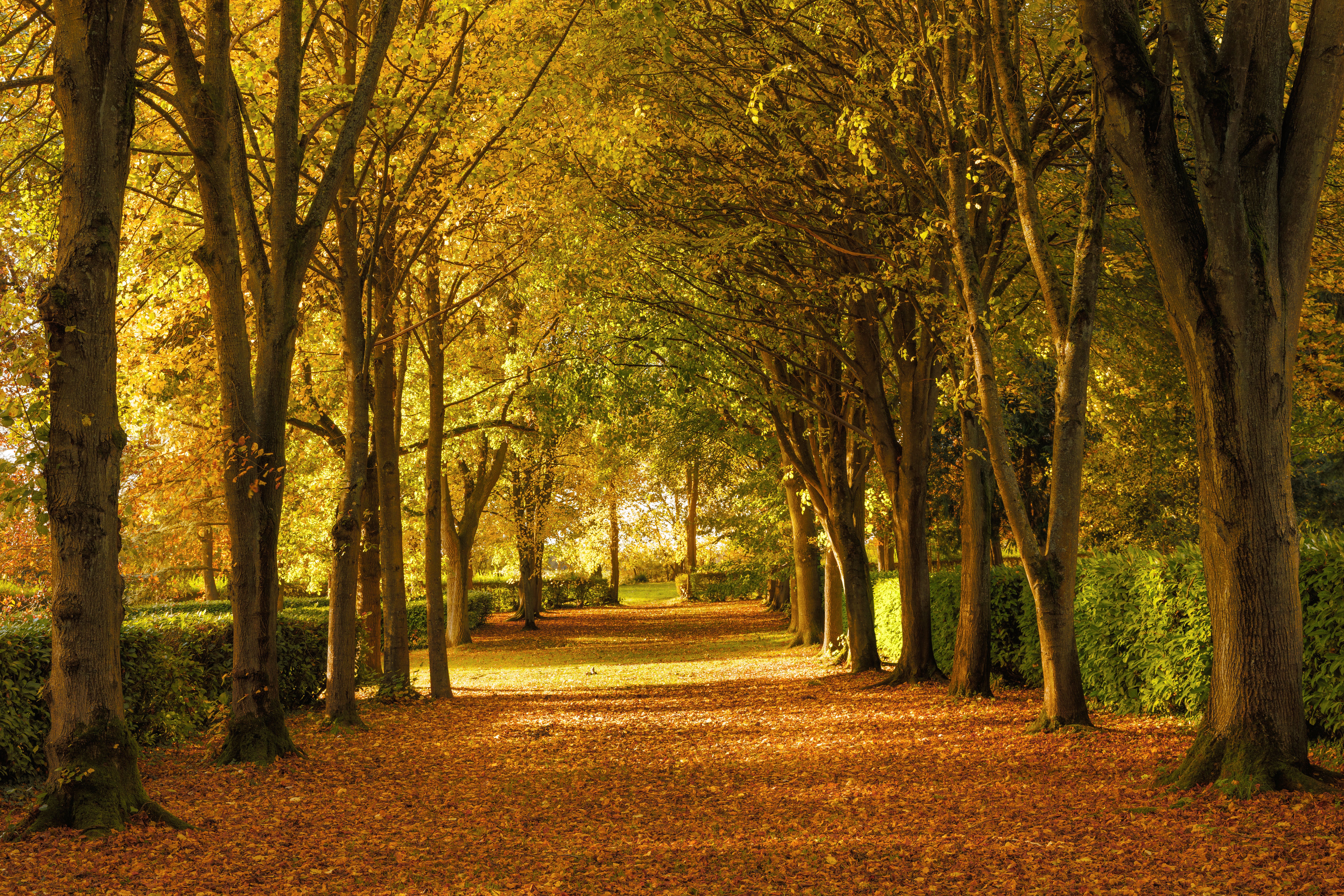
The “cloisters” of a tree cathedral planted as a memorial following the First World War have been restored after being devasted by ash dieback, the National Trust said.
Whipsnade Tree Cathedral in Bedfordshire was planted by Edmund Blyth as a living memorial for lost comrades and friends, and is planted in the shape of a traditional cathedral with an array of trees, shrubs and plants forming the nave, chancel, transepts, cloisters and side chapels.
But ash trees added as an extension to the cathedral in 1938 to form one of two “cloister walks” had to be felled earlier this year after they were weakened by the fungal disease ash dieback, the National Trust said.

The conservation charity, which cares for the cathedral site, said 12 native wild service saplings have been planted to restore the cloister walk.
The species, which was once widespread in England, will be naturally more resistant to disease and the changing climate, the trust said.
Paul Druce-Collins, lead ranger for the National Trust at Dunstable Downs, said: “The tree cathedral is an exceptional place, connecting people to nature and history.
“But over the last few years ash dieback has sadly made the eventual loss of the cathedral’s ash trees, which formed part of the cloisters section – in effect a grand avenue – inevitable.
“Earlier this year the infected trees were felled to make way for the more resilient species of wild service trees.
“It’s important to us to retain the structure of the cathedral and wild service trees are ideal. They will grow to a similar size, shape and crown size as an ash tree, providing beautiful blossom in spring and vibrant colour in autumn.”
He added there were no wild service trees in the cathedral, so the planting of the saplings would enhance the ecosystem, boosting biodiversity, attracting pollinators and providing wildlife habitat.

Ash dieback, which was first seen in the UK in 2012, causes leaf loss and crown dieback and can lead to tree death, and threatens to wipe out to 80% of Britain’s native ash trees, as they have not evolved natural defences against the fungus originally from Asia.
Trees across the country are also at risk from the changing climate which can exacerbate the impacts of disease and make areas where native species once thrived no longer suitable for them to grow.


Why are you making commenting on The National only available to subscribers?
We know there are thousands of National readers who want to debate, argue and go back and forth in the comments section of our stories. We’ve got the most informed readers in Scotland, asking each other the big questions about the future of our country.
Unfortunately, though, these important debates are being spoiled by a vocal minority of trolls who aren’t really interested in the issues, try to derail the conversations, register under fake names, and post vile abuse.
So that’s why we’ve decided to make the ability to comment only available to our paying subscribers. That way, all the trolls who post abuse on our website will have to pay if they want to join the debate – and risk a permanent ban from the account that they subscribe with.
The conversation will go back to what it should be about – people who care passionately about the issues, but disagree constructively on what we should do about them. Let’s get that debate started!
Callum Baird, Editor of The National
Comments: Our rules
We want our comments to be a lively and valuable part of our community - a place where readers can debate and engage with the most important local issues. The ability to comment on our stories is a privilege, not a right, however, and that privilege may be withdrawn if it is abused or misused.
Please report any comments that break our rules.
Read the rules here